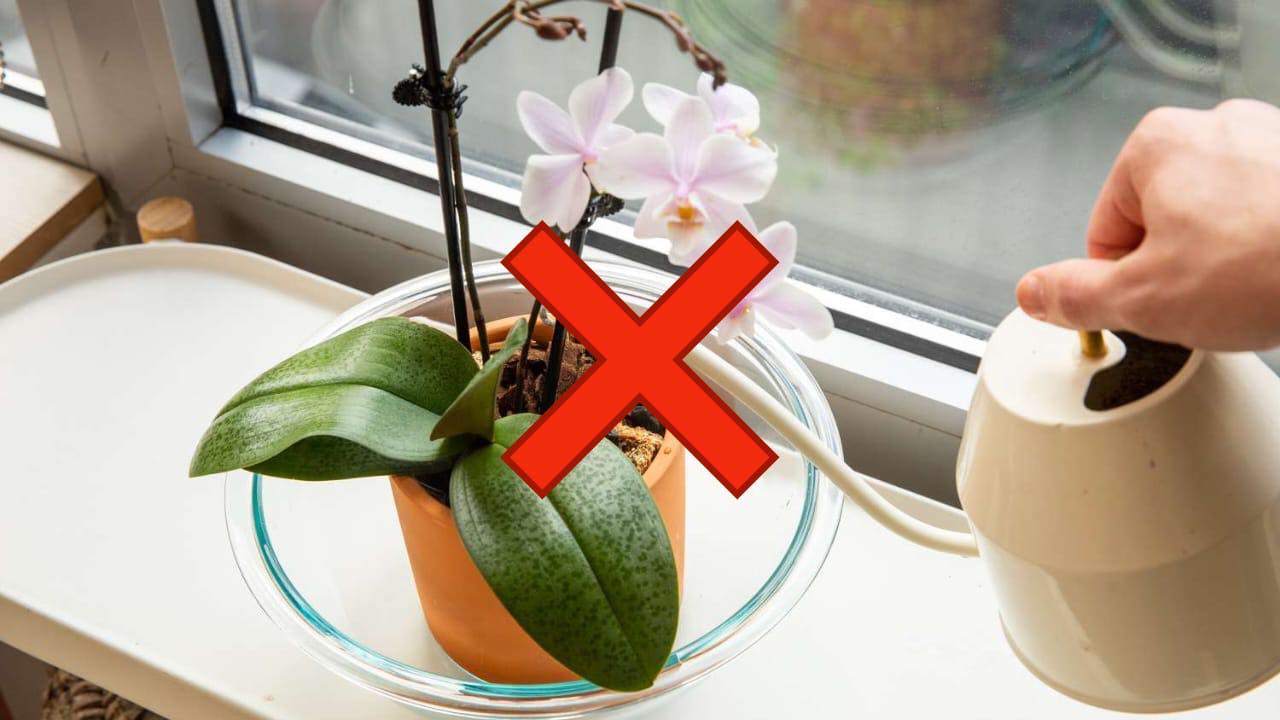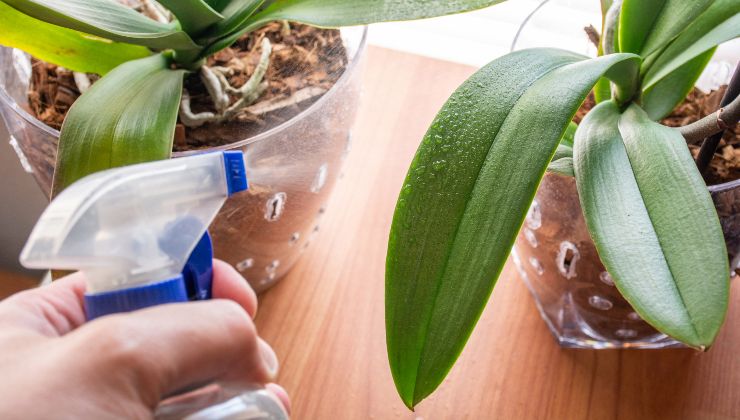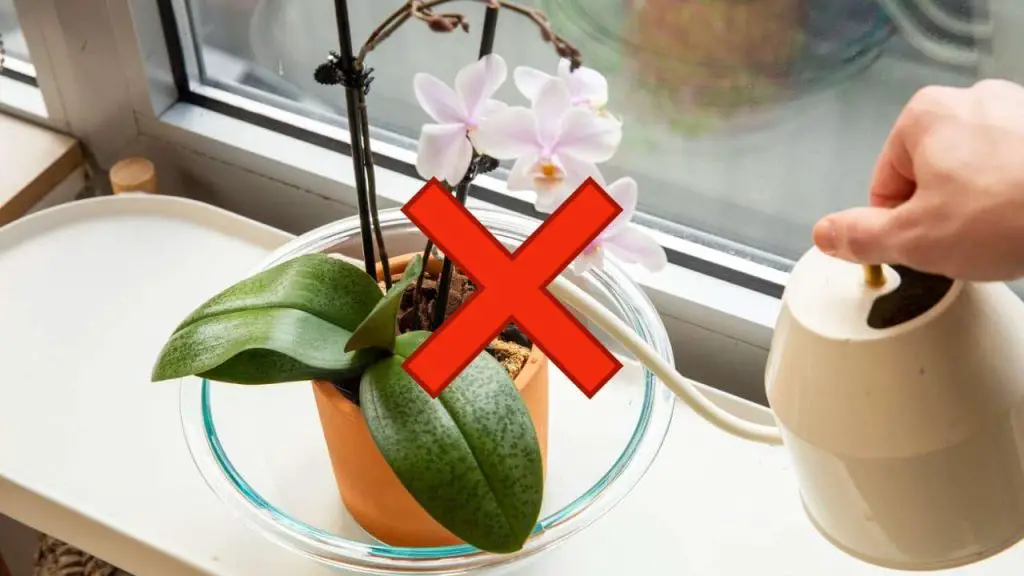Phalaenopsis Orchid: A Crucial Mistake That Could Jeopardize Its Survival

The phalaenopsis orchid stands out as one of the most captivating winter flowers to grace our homes, bringing a touch of elegance even amidst challenging environmental conditions and winter temperatures. However, ensuring the thriving growth of this exquisite plant demands careful attention and adherence to expert nursery tricks. In this pursuit, avoiding potential pitfalls becomes paramount to the orchid’s longevity. Let’s delve into the mistakes that should be sidestepped in the cultivation and care of this perennial herbaceous beauty.
Orchid: A Timeless Elegance
Belonging to the Orchidaceae family, the orchid is a perennial herbaceous plant that effortlessly bestows a touch of elegance and class upon any home environment. Like all floral companions, the orchid necessitates particular care to maintain its health and beauty. Identifying and steering clear of common mistakes is crucial to ensure the plant’s flourishing growth. Here are the pitfalls to avoid.

Common Orchid Errors
Various mistakes, if committed, can lead to the deterioration of this perennial herbaceous plant.
Incorrect Choice of Pot Material
One prevalent mistake involves potting the orchid in a plastic pot. Opting for a transparent vessel is advisable, fostering stronger and healthier growth of the orchid’s roots. A see-through pot allows vigilant monitoring of the plant’s root condition.
Inadequate Humidity
Humidity plays a vital role in the thriving growth of the orchid. Placing the perennial plant in areas with dry air can lead to its decline. Maintaining a humidity level not less than sixty percentage points is essential. Ideal locations include the bathroom and kitchen, where higher humidity prevails.
Exposure to Direct Sunlight
Placing the orchid in direct sunlight constitutes another common mistake. As a tropical plant, the orchid thrives in shaded environments, avoiding direct contact with the sun’s rays, which can damage and dry its vibrant green leaves. Orchid buds, when subjected to direct sunlight, cease to grow. Experts recommend placing the orchid in shaded areas where sunlight reaches indirectly.
Inappropriate Fertilization
Using unsuitable fertilizers is a pitfall to be avoided. The perennial herbaceous plant requires fertilization with specific products boasting a higher nitrogen quantity than that of potassium and phosphorus. Maintaining a balanced chemical formula, such as the 30,10,10 ratio (10 parts phosphorus, 10 parts potassium, and 30 parts nitrogen), is crucial. An unbalanced nutrient supply may lead the tropical plant down a degenerative path.

These are the common mistakes that must be avoided when nurturing and cultivating an orchid within the home environment. Each precautionary measure ensures the continued splendor and well-being of this elegant perennial herbaceous beauty.

